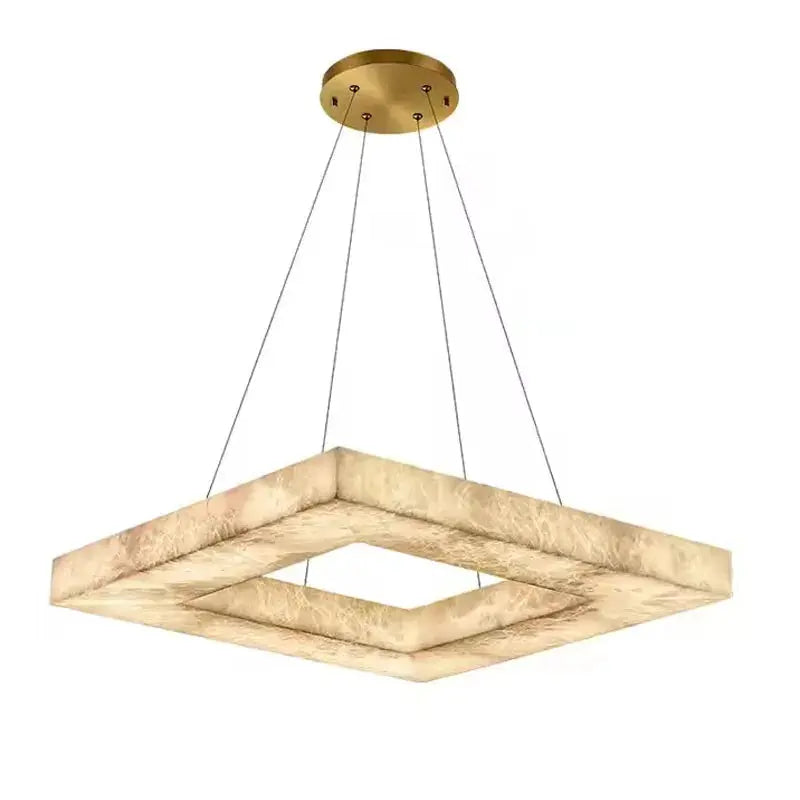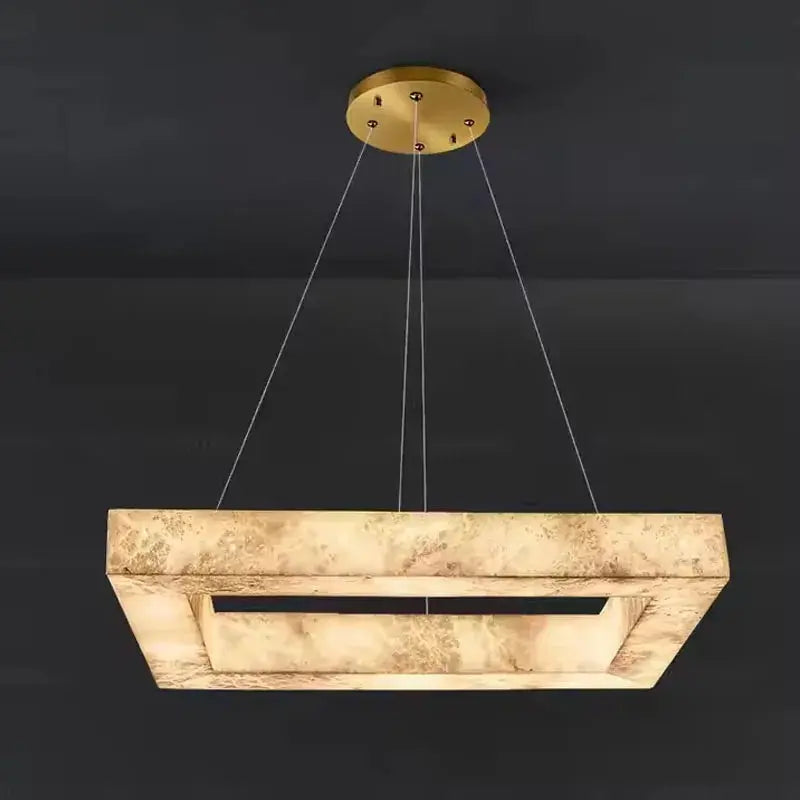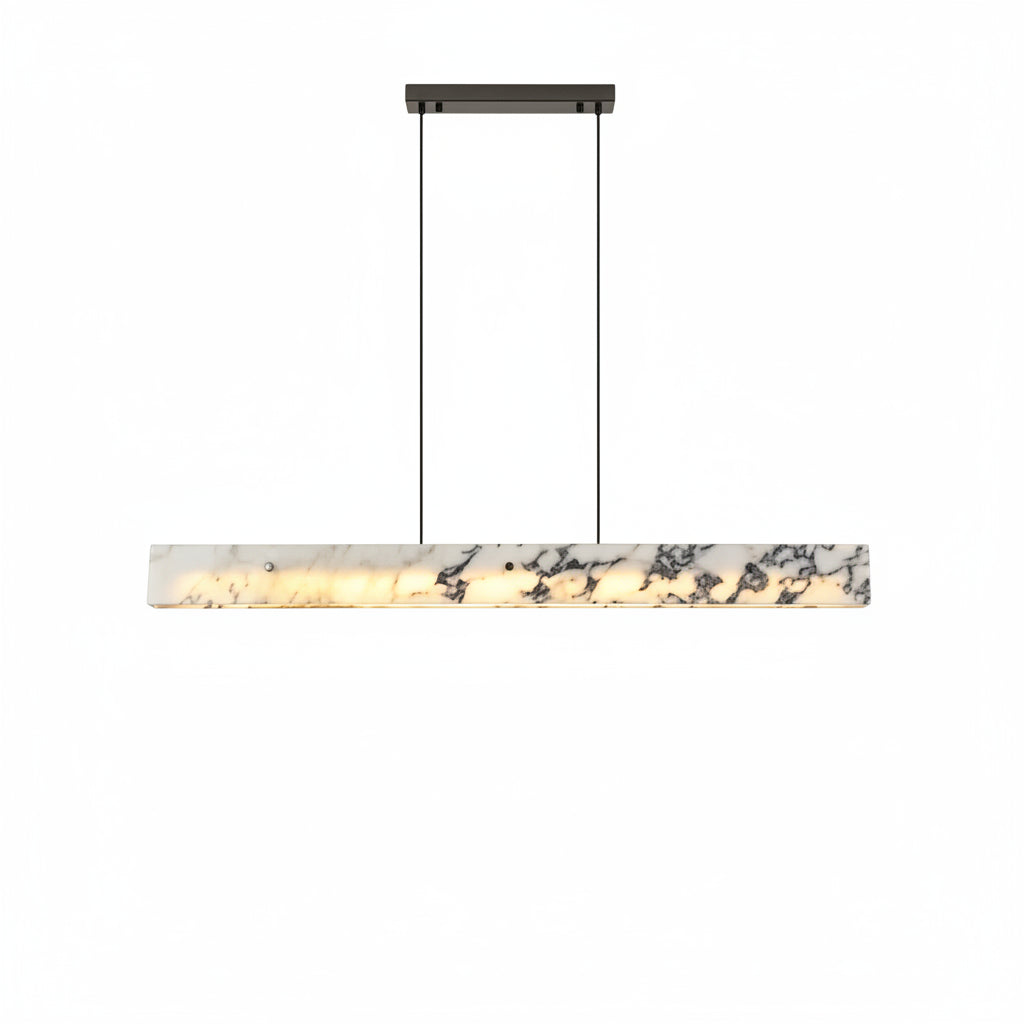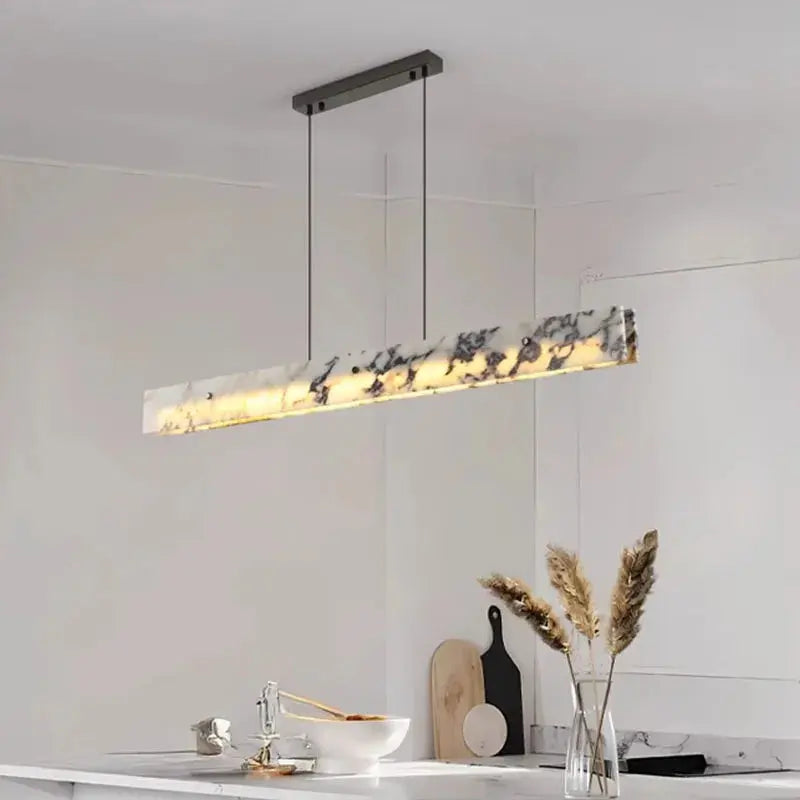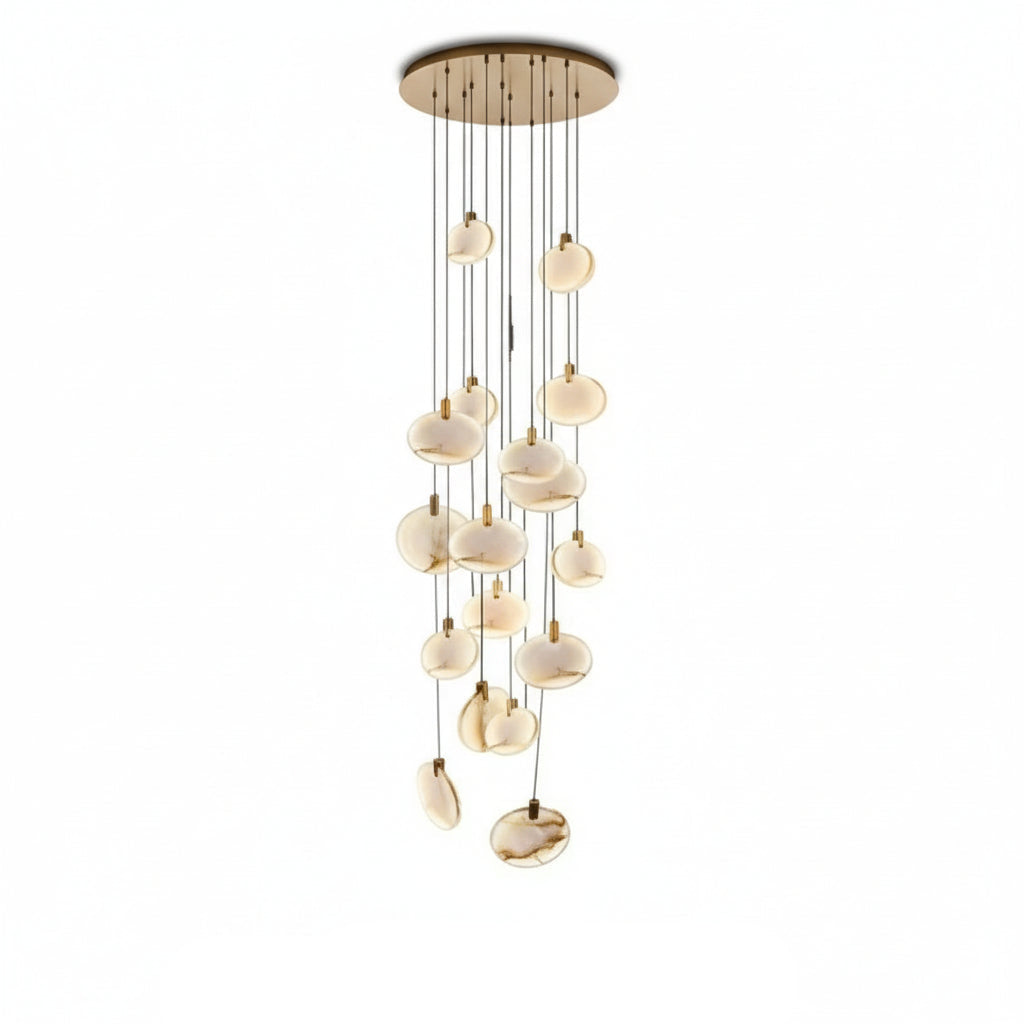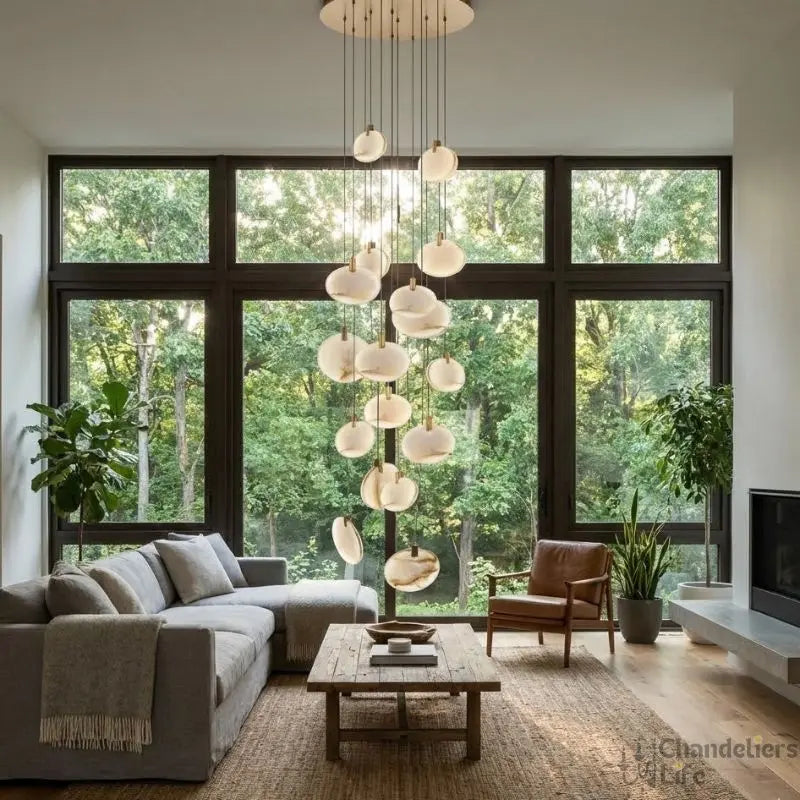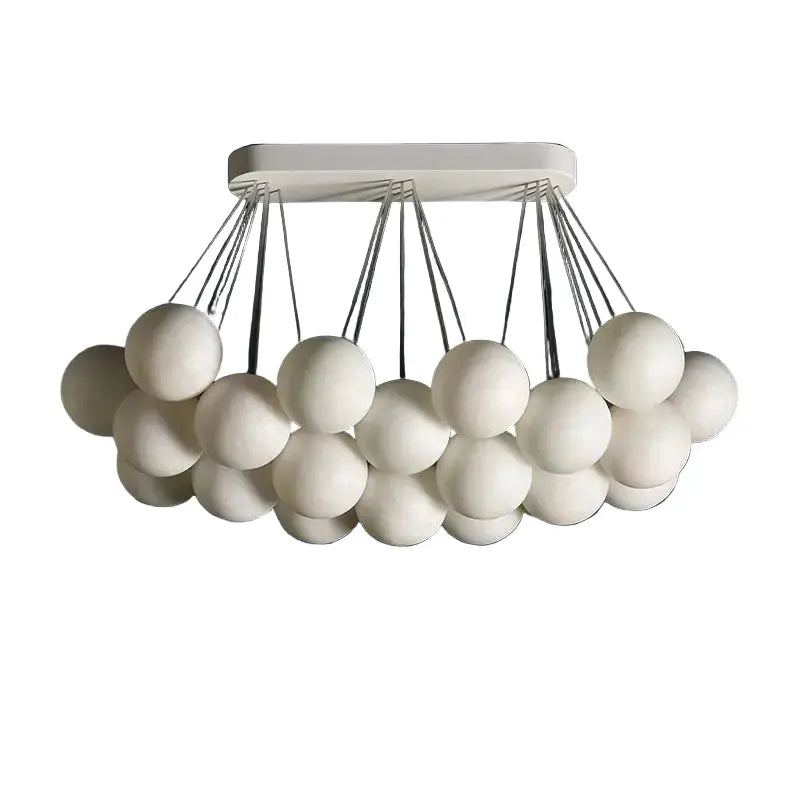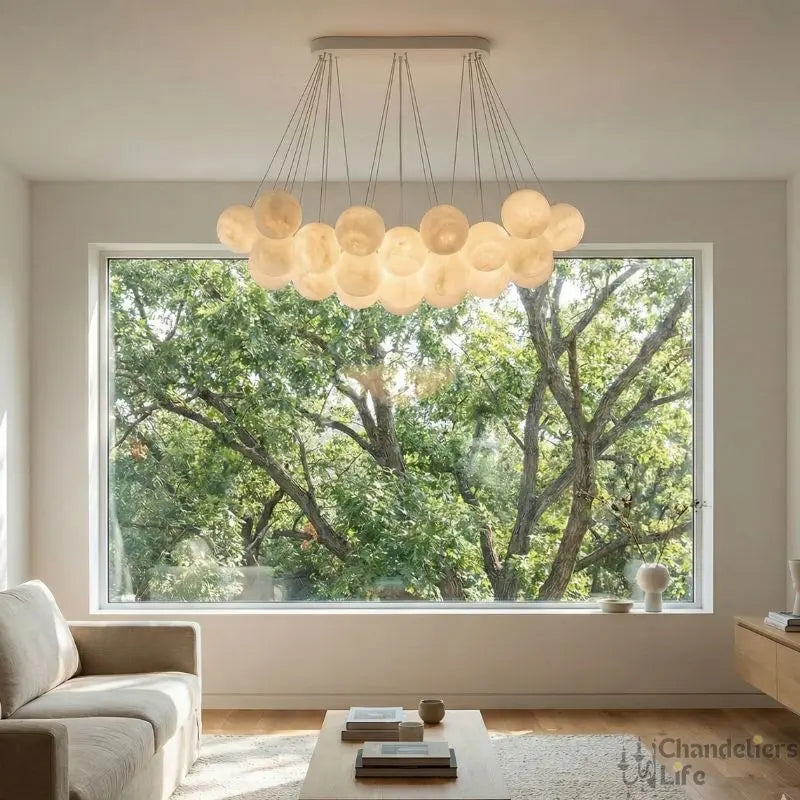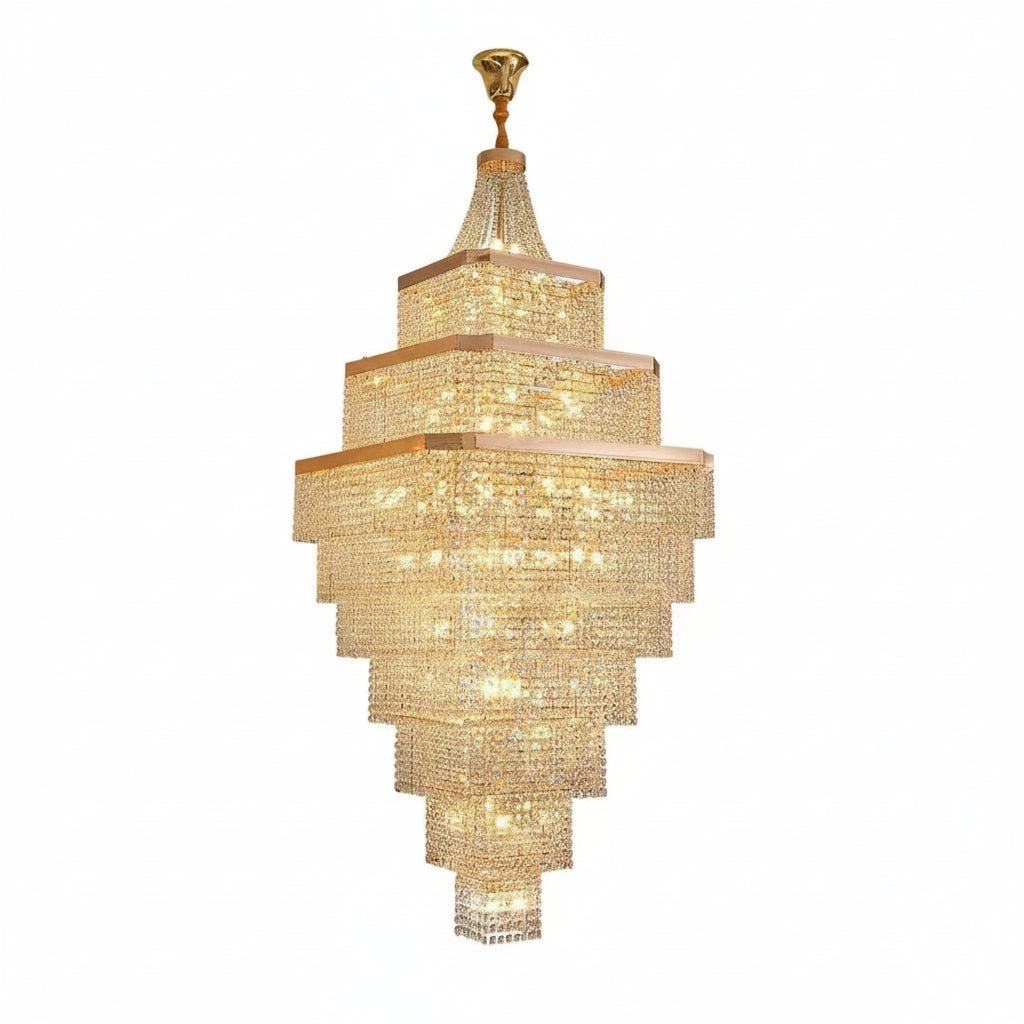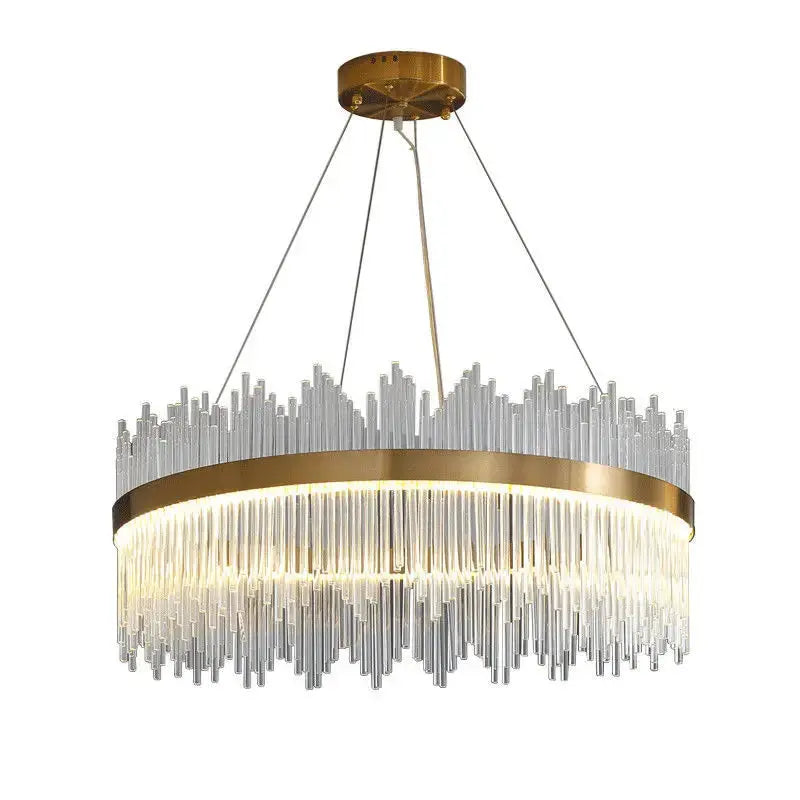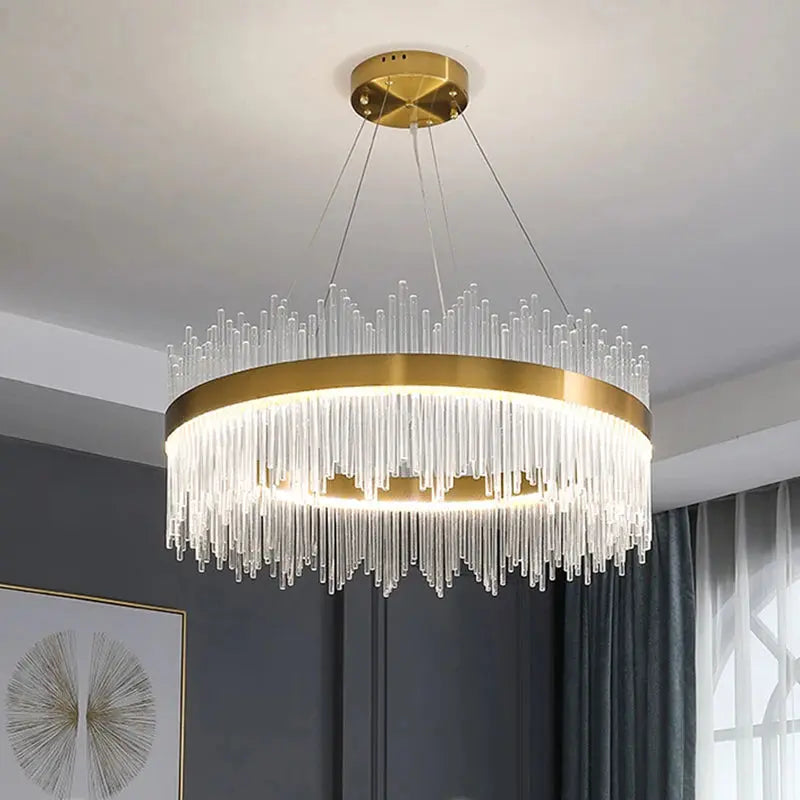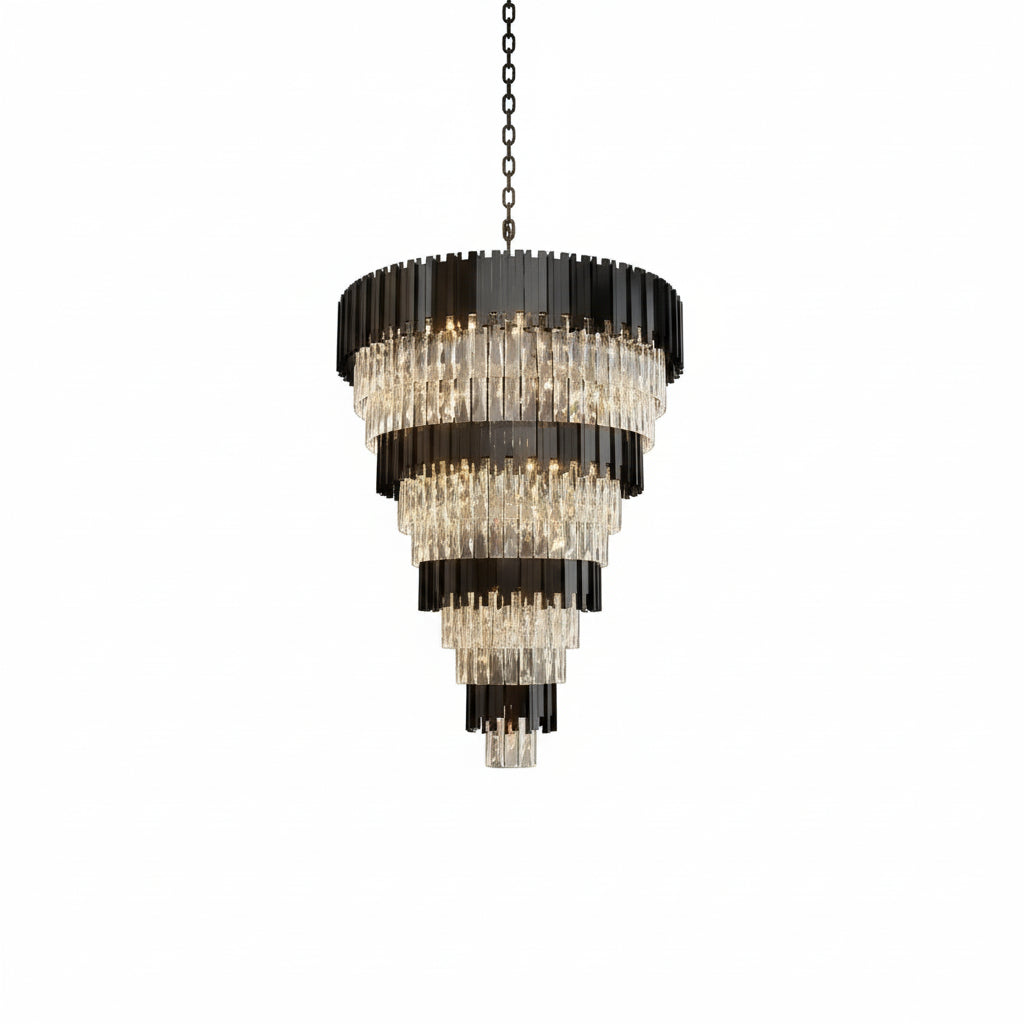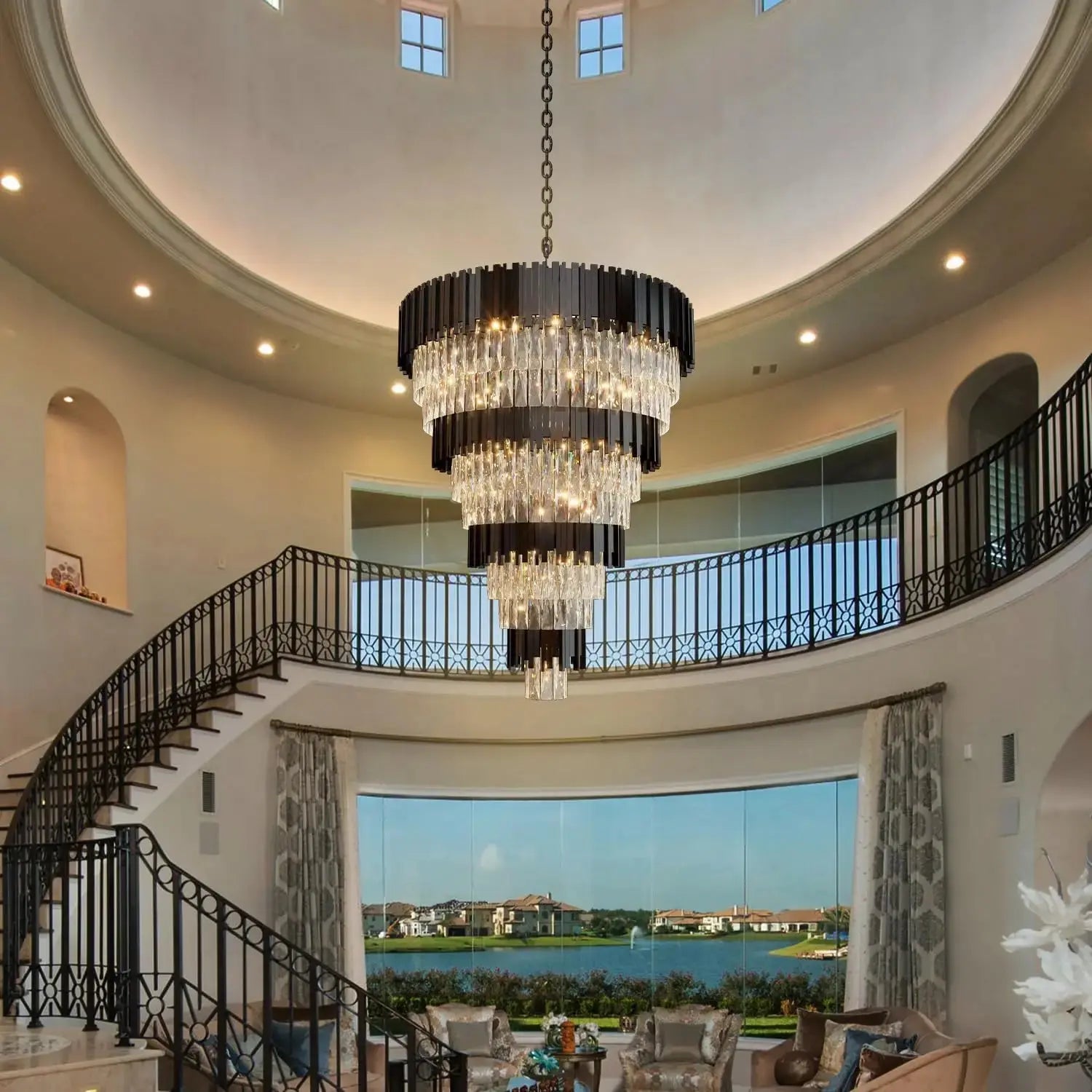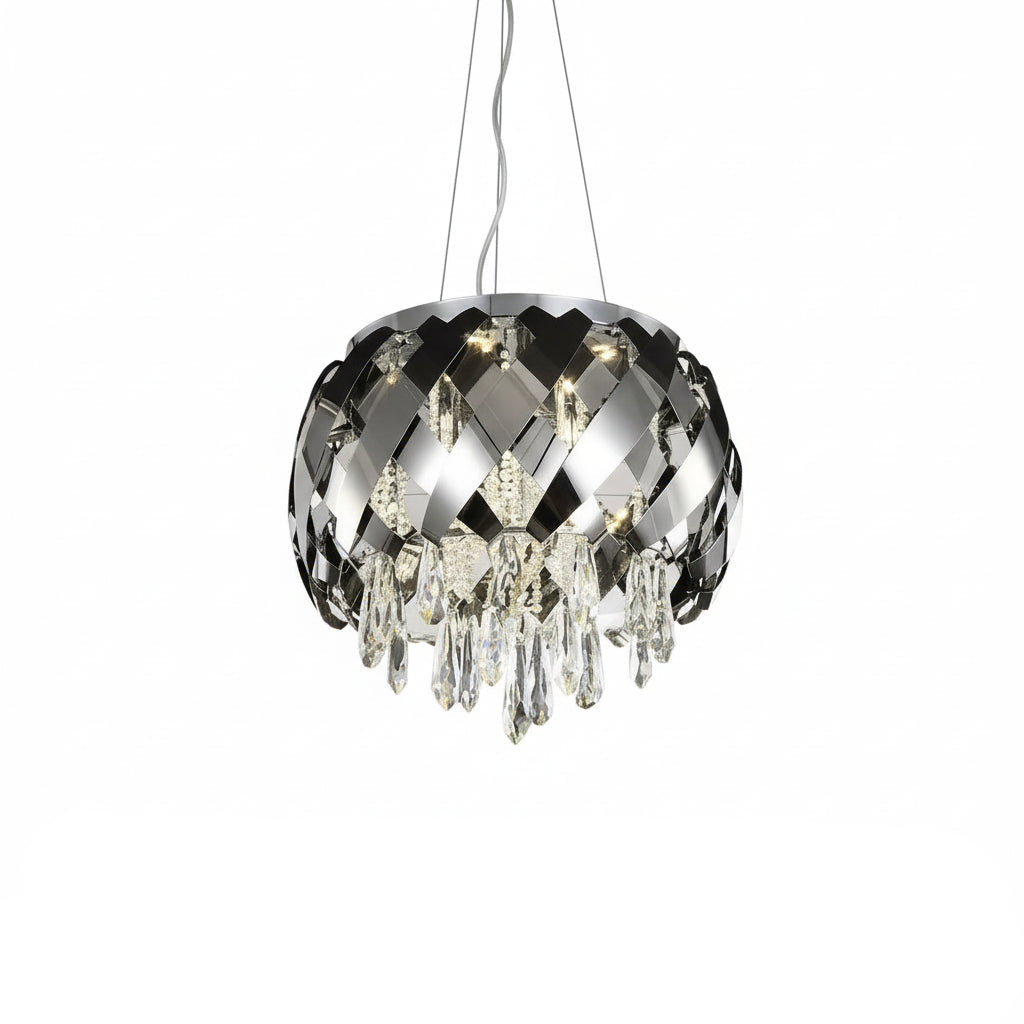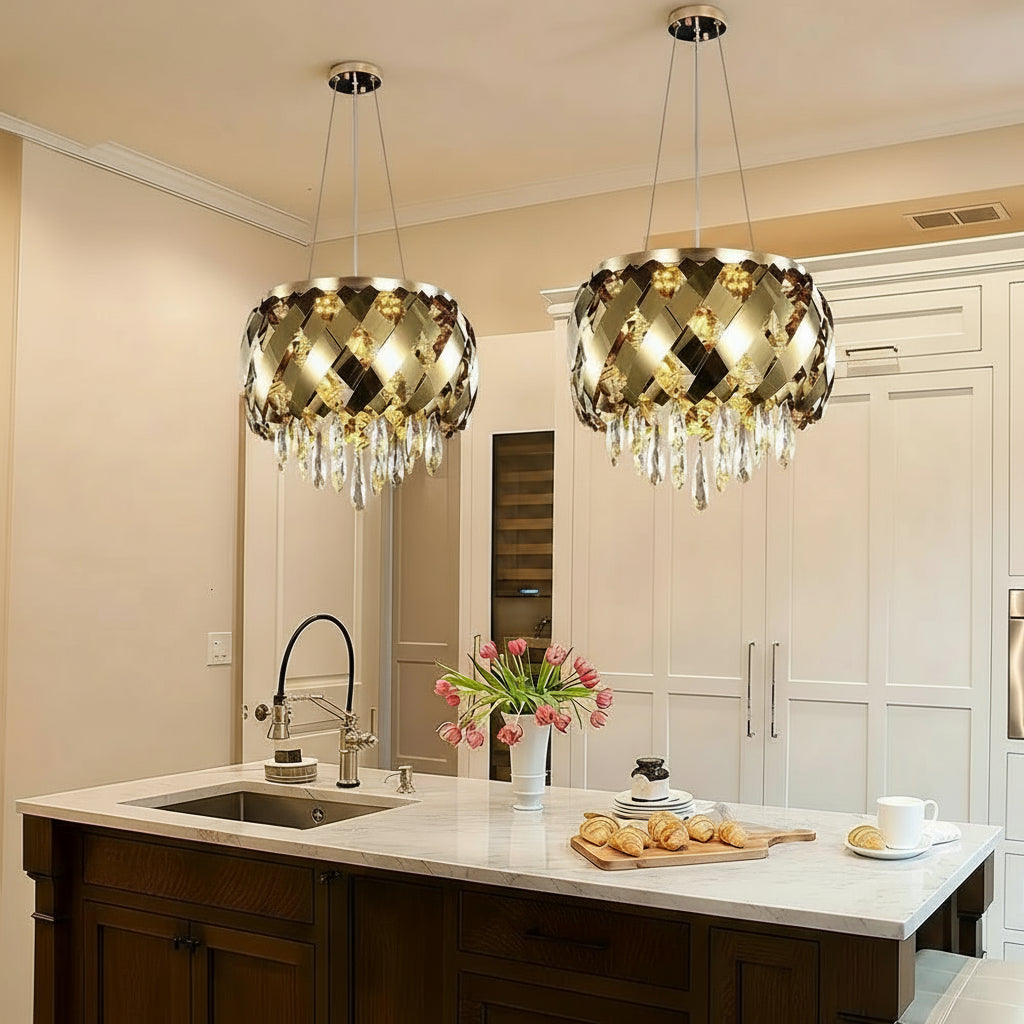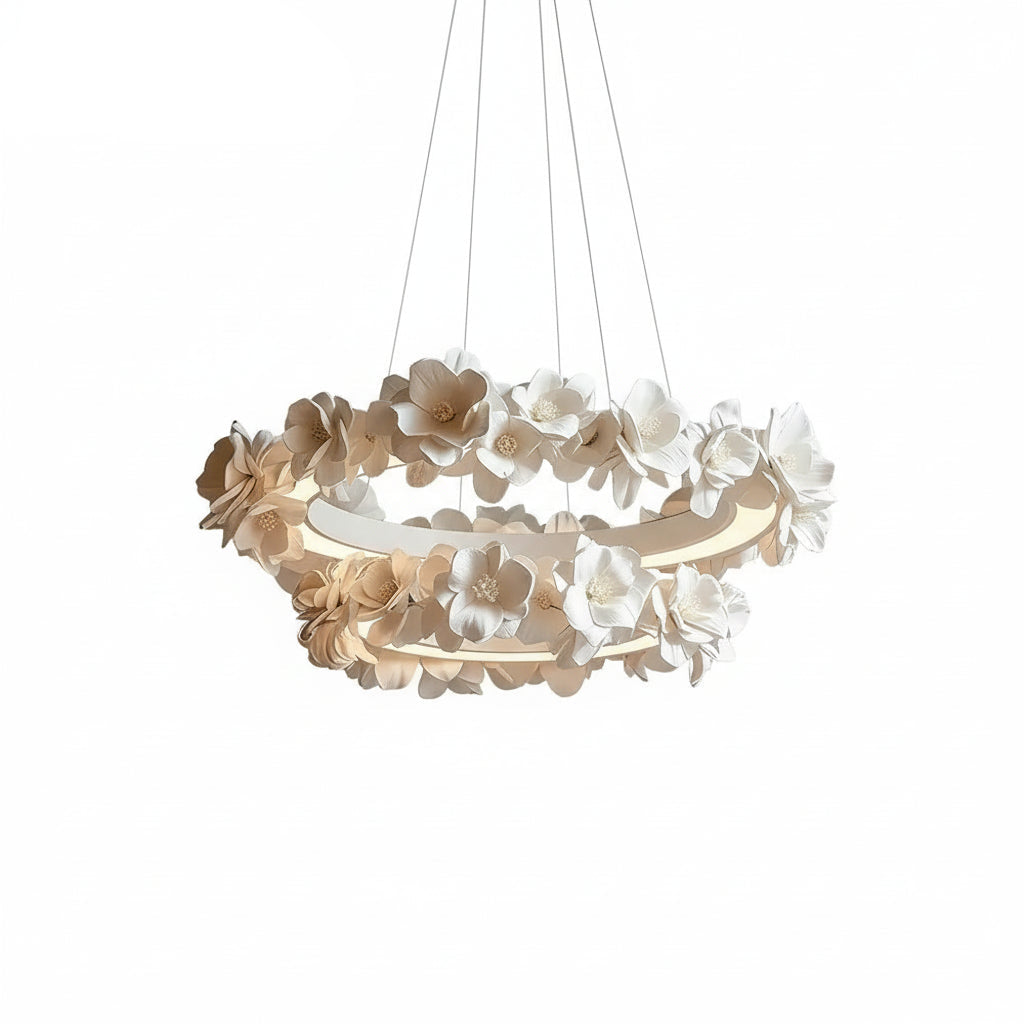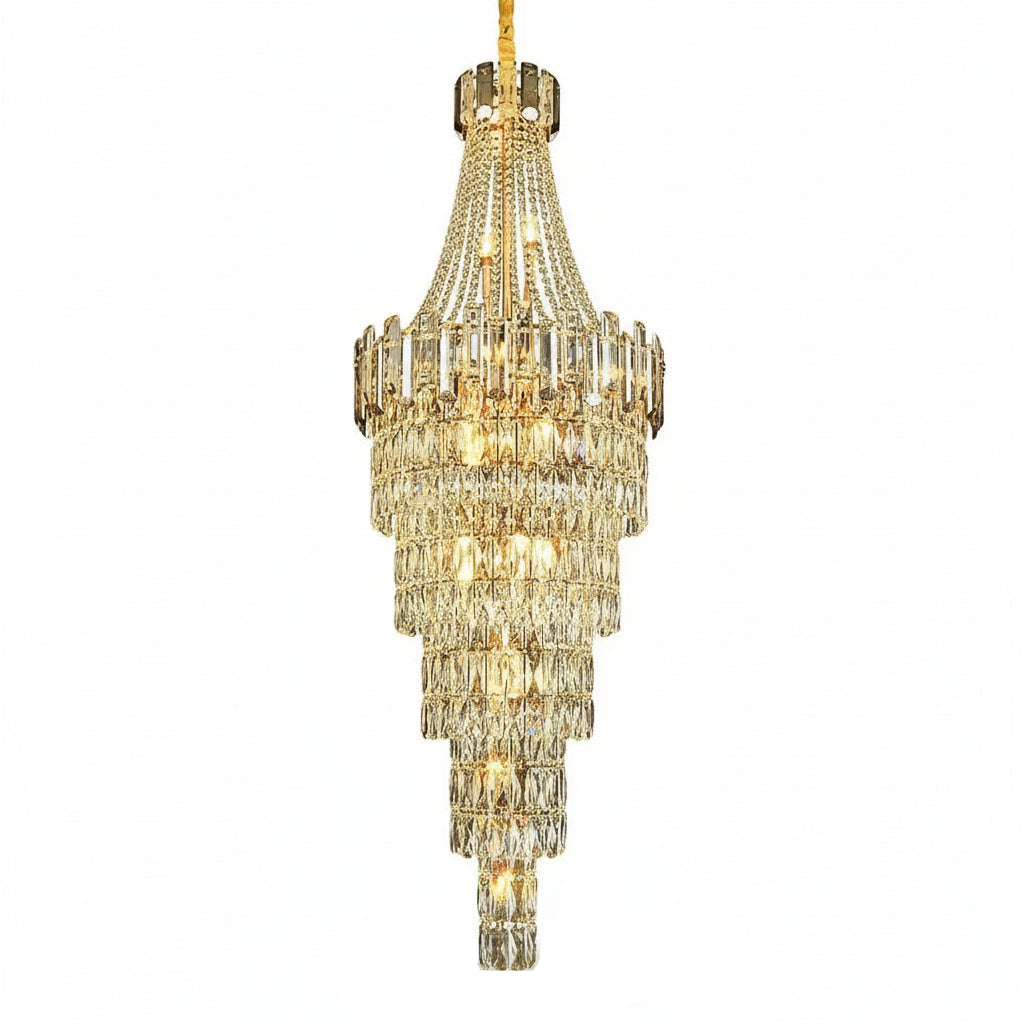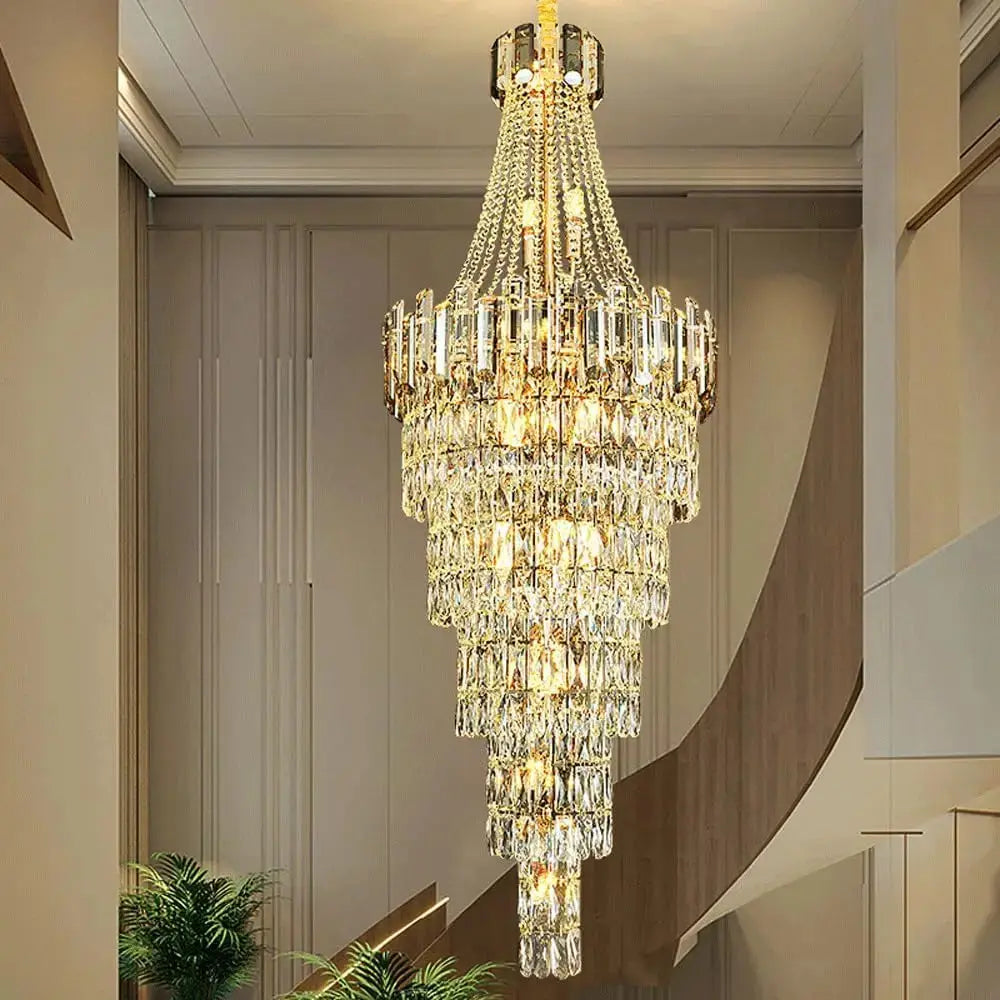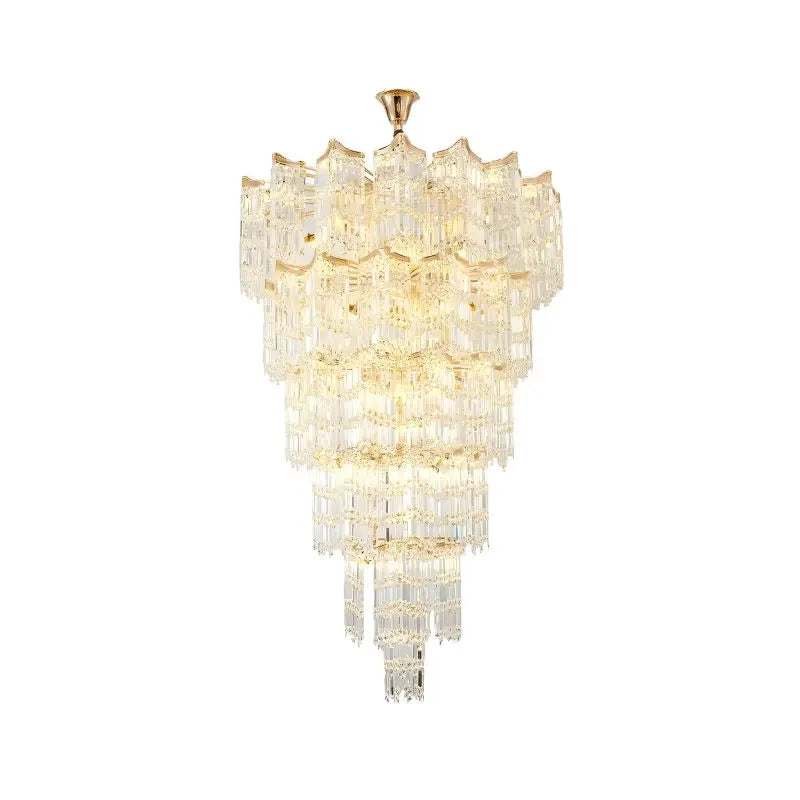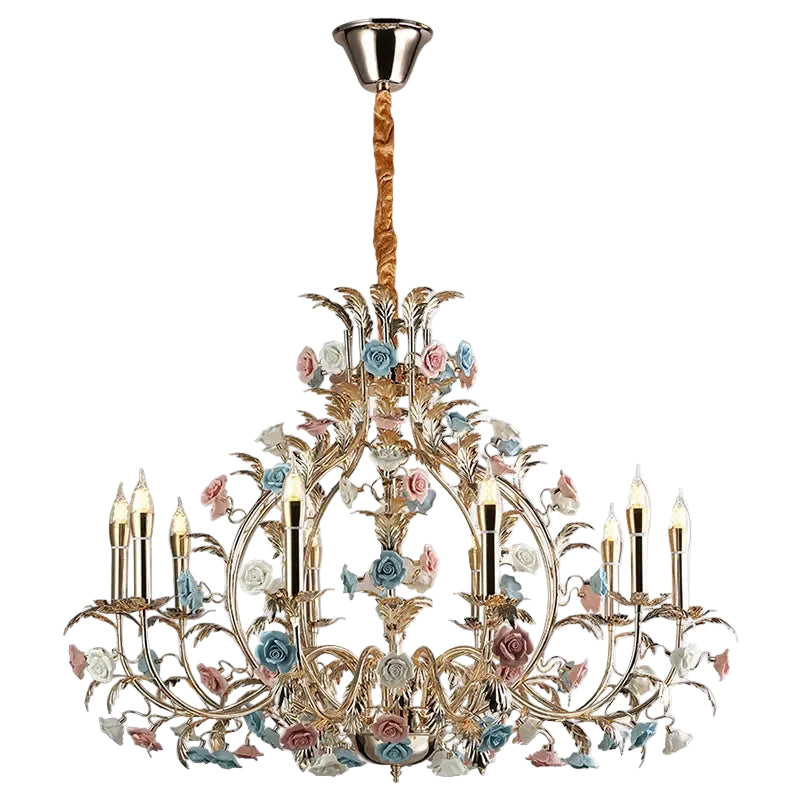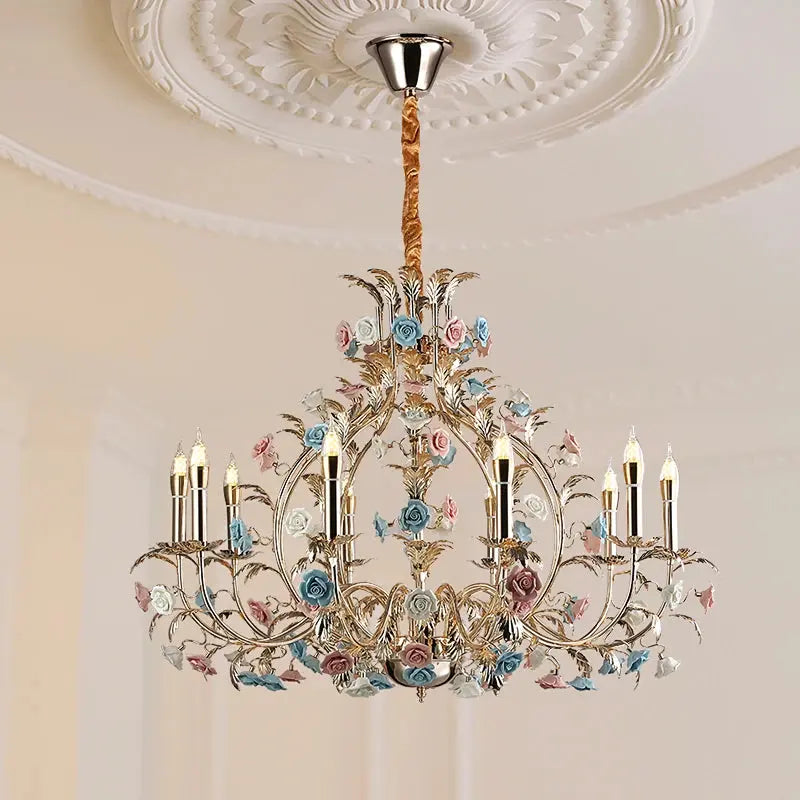Thinking about sprucing up your home with some new tile? Whether you're planning a big renovation or just a small refresh, picking the right lowe's tile can feel like a huge task. There are so many options out there—colors, shapes, textures, you name it. It's easy to get lost in all the choices. But don't worry, we're here to help you figure out what matters most when you're looking for the perfect tile or backsplash for your next project.
Key Takeaways
- Consider where the tile will go; kitchens and bathrooms usually need waterproof options like ceramic or glass.
- For high-traffic areas like living rooms, durable choices such as ceramic, LVP, or porcelain are better.
- Think about tile color early on to help narrow down your choices and match your room's style.
- Light-colored tiles can make a space feel bigger and brighter, while dark colors add depth.
- Subway tiles are versatile and work well for both backsplashes and floors.
1. Ceramic

Ceramic tile is a classic choice, and you can find a ton of it at Lowe's. It's been around forever, and for good reason. It's pretty affordable, comes in a crazy amount of styles, and is generally easy to work with. I remember when my parents redid our kitchen backsplash with ceramic tiles – it was a weekend project that actually went smoothly, which is saying something!
Ceramic tiles are perfect for backsplash in any kitchen or bathroom.
Here's a few things to keep in mind:
- Cost: Usually cheaper than porcelain or natural stone, making it budget-friendly.
- Variety: Seriously, the options are endless. Colors, patterns, sizes – you name it.
- Maintenance: Easy to clean, which is a huge plus. Just sweep and mop, and you're good to go.
One thing to consider is that ceramic tile isn't as durable as some other options, like porcelain. It's more prone to chipping or cracking, especially in high-traffic areas. So, while it's great for walls and backsplashes, you might want to think twice about using it for flooring in a busy hallway.
When picking out ceramic tile, think about where you're putting it. Bathrooms and kitchens are great, but maybe not the best choice for a super busy entryway. Also, check if the tile needs to be sealed. Some do, some don't, and it's good to know beforehand so you don't end up with a mess later.
2. Porcelain
Porcelain tile is a really popular choice, and for good reason. It's known for being super durable and able to handle a lot of wear and tear. If you're looking for something that will last, porcelain is definitely worth considering. It's also a great option if you want something that looks high-end without the high-end price tag.
Porcelain is often used in areas that get a lot of foot traffic, like hallways or kitchens. It's also a good choice for bathrooms because it's water-resistant. Plus, there are so many different styles and colors available, so you can find something that fits your personal taste. I think it's a great option for durable materials in your home.
One thing to keep in mind is that porcelain can be a bit harder to install than some other types of tile. It's denser, so it can be more difficult to cut. If you're planning on doing the installation yourself, make sure you have the right tools and some experience. Otherwise, it might be worth hiring a professional to make sure it's done right.
Here's a quick rundown of why people love porcelain:
- Extremely durable
- Water-resistant
- Lots of style options
- Good for high-traffic areas
3. Glass
Glass tiles can bring a sleek, modern vibe to any space. They're super reflective, which means they can really brighten up a room. I've seen them used in kitchens and bathrooms to create a clean, almost spa-like feel. Plus, they come in a ton of colors and styles, from clear and iridescent to frosted and textured. It's a great way to add a pop of color or a subtle shimmer, depending on what you're going for.
One thing to keep in mind is that glass tiles can be a bit more prone to showing water spots, so you might need to polish them a little more often. But honestly, the look is worth it. They're also non-porous, which means they won't absorb water or stains, making them a good choice for wet areas. When I was redoing my bathroom, I seriously considered glass tiles for the shower walls. Ultimately, I went with something else, but I still admire the look whenever I see it.
Glass tiles are a fantastic option if you want to add a touch of elegance and modernity to your home. They're versatile, beautiful, and relatively easy to maintain, making them a popular choice for many homeowners.
Here's a quick rundown of some pros and cons:
- Pros:
- Reflective and brightens rooms
- Non-porous and stain-resistant
- Wide variety of colors and styles
- Cons:
- Can show water spots
- May require more frequent polishing
- Can be more expensive than other tile options
When installing glass tiles, it's important to use the right kind of adhesive and grout. Since glass is transparent, you don't want the adhesive showing through. A white or clear thin-set mortar is usually recommended. Also, consider using a non-sanded grout to avoid scratching the surface of the glass. I'd recommend checking out some backsplashes at Lowe's to get some inspiration. They have a great selection of glass tiles in different shapes and sizes.
4. Luxury Vinyl Plank
Luxury Vinyl Plank (LVP) is gaining popularity, and for good reason. It's a fantastic option if you want the look of hardwood or stone without the hefty price tag or the maintenance headaches. I've seen some really convincing LVP options at Lowe's that could fool just about anyone. Plus, it's super durable, making it a great choice for high-traffic areas or homes with pets and kids.
One of the biggest selling points of LVP is its water resistance. Unlike real wood, you don't have to panic about spills or moisture. This makes it ideal for kitchens, bathrooms, and even basements. Installation is also relatively straightforward, with many options featuring a click-lock system that even a novice DIYer can handle. I remember helping my neighbor install LVP in his basement, and we were both surprised at how quickly it went.
Here's a quick rundown of why LVP might be the right choice for you:
- Cost-Effective: LVP is generally more affordable than hardwood or natural stone.
- Durable: It can withstand heavy foot traffic, scratches, and dents.
- Water-Resistant: Perfect for moisture-prone areas.
- Easy to Install: Many options feature a simple click-lock system.
LVP is a great choice if you're looking for a durable, water-resistant, and affordable flooring option. It's easy to install and comes in a wide variety of styles to match any decor. Plus, it's super easy to clean, which is a huge bonus for busy households.
And speaking of cleaning, LVP maintenance is a breeze. A quick sweep and a damp mop are usually all you need to keep it looking its best. No need for special cleaners or complicated routines. This is a huge plus for anyone who wants beautiful floors without the fuss.
5. Subway Tiles
Subway tiles are a classic choice, and you can find a ton of them at Lowe's. They're not just for kitchens anymore; people are using them in bathrooms, laundry rooms, and even as accent walls. Their simple, rectangular shape makes them super versatile.
Subway tiles are great because:
- They come in a bunch of colors and finishes, from glossy to matte.
- You can lay them out in different patterns – like the classic brick, stacked, or even herringbone – to change up the look.
- They're generally pretty affordable, especially compared to some of the fancier tile options.
I put subway tile in my bathroom last year, and it was a pretty easy DIY project. The hardest part was definitely making sure all the lines were straight! But now that it's done, it looks great and is super easy to clean. I'd definitely recommend them if you're looking for a timeless and budget-friendly option. Plus, Lowe's has a good selection of shower tile ideas to choose from.
Subway tiles are frequently used as kitchen backsplashes, but they also function well when used on the floors. They are great for any style as you can lay them in different patterns to convey looks from contemporary to modern.
6. Natural Stone
Natural stone tiles bring a touch of the outdoors inside. They're super durable and can really add a luxurious feel to any space. But, they do come with a few things to keep in mind. They can be pricier than other options, and they often need sealing to protect them from stains and moisture. Still, the unique patterns and textures you get with natural stone are hard to beat.
Natural stone tiles are a great choice if you're looking for something that's both beautiful and long-lasting, but be prepared for a bit more maintenance.
When picking out natural stone, think about the overall style you're going for. A sleek, modern bathroom might look amazing with polished marble, while a rustic kitchen could benefit from the warmth of slate or travertine. It's all about finding the right fit for your space.
And don't forget about the finish! Polished stone will have a glossy, reflective surface, while honed stone will have a matte finish. Tumbled stone has a more textured, rustic look. Each finish has its own unique appeal, so take your time and see what you like best. For example, you can use bathroom flooring options to create a unique look.
7. Location

When picking out tile, it's super important to think about where you're actually going to put it. Seriously, this one question can cut down your choices a ton! Different rooms have different needs, and the tile you pick should match those needs. Let's break it down.
- Bathrooms: Bathrooms get wet, like, really wet. You'll want something slip-resistant and waterproof. Porcelain or ceramic are usually good bets. Also, think about how easy it is to clean, because nobody wants to spend hours scrubbing grout.
- Kitchens: Kitchens see spills, splatters, and all sorts of mess. You need something durable and easy to wipe down. Plus, if you're doing a backsplash, you might want something that looks nice with your countertops and cabinets. Consider the best bathroom tiles for inspiration, as they often share similar durability requirements.
- Entryways: Entryways take a beating from shoes, dirt, and whatever else people track in. You'll want something tough and scratch-resistant. Natural stone or a really durable porcelain could work well here.
Choosing the right tile for the right location isn't just about looks; it's about making sure your tile lasts and does its job. Think about the wear and tear each area gets, and pick accordingly. It'll save you headaches (and money) down the road.
Here's a quick guide:
| Location | Key Considerations | Tile Options |
|---|---|---|
| Bathroom | Water resistance, slip resistance, cleanability | Porcelain, ceramic, some natural stone |
| Kitchen | Durability, stain resistance, ease of cleaning | Porcelain, ceramic, glass, some natural stone |
| Entryway | Durability, scratch resistance, water resistance | Natural stone, durable porcelain |
Don't forget to think about things like sunlight exposure, too. Some tiles can fade over time if they get a lot of direct sun. And if you're tiling an outdoor space, you'll need something that can handle freezing temperatures and other weather conditions.
8. Tile Color
Choosing the right tile involves thinking about color. It won't tell you what type of tile to use, but it will help you narrow down your search. There are so many colors available, so knowing what you want will save you time.
Here are some things to consider when picking colors:
- Bright colors can make a room feel happier and warmer.
- Black, white, and gray are neutral and work with almost any style. They are great for bathroom tiles.
- Lighter colors can make a room feel bigger and brighter, especially if there isn't much natural light.
- Darker colors can add depth, but they might make a room feel smaller.
Color is a powerful tool. Think about the mood you want to create in the room. Do you want it to be calming and serene, or energetic and vibrant? The color of your tile can play a big role in achieving that feeling.
It's also a good idea to consider the existing colors in your room. You want the tile to complement the other elements, not clash with them. If you have colorful furniture, you might want to choose a more neutral tile color. If your furniture is neutral, you can use tile to add a pop of color.
9. Tile Shapes
Tile shapes can really change the whole vibe of a room. It's not just about color or material; the shape itself plays a huge role in the overall design. Thinking about the shape is important because it affects how the tile looks and feels in the space. Let's explore some common tile shapes you might find at Lowe's.
Choosing the right tile shape can make a big difference in your project.
- Square Tiles: These are super versatile and easy to work with. Calculating how many you need is a breeze, and they mix and match well with other styles. They're a solid, dependable choice.
- Subway Tiles: Classic and timeless, subway tiles are great for backsplashes but also work well on floors. You can lay them in different patterns to create contemporary or modern looks. They're adaptable to many design styles.
- Penny Tiles: These small, round tiles are economical and easy to install. They're a good option for bathrooms and kitchens, especially as kitchen backsplash, because they're slip-resistant. Plus, they add a unique texture.
When picking a tile shape, think about the size of your room and the look you're going for. Larger tiles can make a small room feel bigger, while smaller tiles can add detail and texture. Also, consider how the shape will interact with the grout lines – this can significantly impact the final appearance.
Other shapes to consider include:
- Hexagon Tiles: These add a geometric flair and can be used to create interesting patterns.
- Picket Tiles: Long and narrow, picket tiles offer a modern, stylish look.
- Herringbone Pattern: This isn't a tile shape itself, but a pattern you can create with rectangular tiles for a sophisticated design.
10. Maintenance And Cleanability
Let's be real, nobody wants to spend their precious free time scrubbing floors. When choosing tile, think about how much effort you're willing to put into keeping it clean. Some tiles are super low-maintenance, while others require a bit more elbow grease. It's a key factor to consider for long-term satisfaction with your choice.
Different tile types have different cleaning needs.
- Ceramic and Porcelain: These are generally pretty easy to clean. A quick sweep and mop usually does the trick. Just double-check if your specific tile needs to be sealed. If it does, you'll need to re-seal it periodically.
- Glass: Glass tiles can be gorgeous, but they're prone to water spots. Be prepared to spend a little extra time polishing them to keep them looking their best. A glass cleaner and a soft cloth will be your best friends.
- Luxury Vinyl Plank (LVP): LVP is a breeze to clean. Sweep or vacuum regularly, and then go over it with a damp mop. Avoid using harsh chemicals, as they can damage the surface. Simple and easy!
- Natural Stone: Natural stone tiles, like granite or marble, often require sealing. They can also be more porous than other types of tile, meaning they're more likely to stain. Be prepared to clean up spills quickly and use cleaners specifically designed for natural stone. These tiles might need special cement tile mortars for installation.
- Subway Tile: Subway tile is pretty easy to maintain, especially if it has a glossy finish. The biggest challenge is usually keeping the grout clean. Regular cleaning with a grout brush and a grout cleaner will help prevent staining and discoloration.
Consider your lifestyle when choosing tile. If you have kids or pets, you'll probably want to opt for a more durable and stain-resistant option. If you're a neat freak, you might be willing to put in the extra effort to maintain a more delicate tile. Think about how much time you're realistically willing to spend cleaning, and choose accordingly.
Ultimately, the best tile for you is one that not only looks great but also fits your lifestyle and cleaning habits. Don't be afraid to ask questions at Lowe's about the specific maintenance requirements of different tiles before you make your final decision. You can also find care & maintenance guides online.
Wrapping It Up
So, there you have it. Picking out tile for your home project doesn't have to be a huge headache. Lowe's has a ton of options, and knowing a few key things can really help you narrow down the choices. Think about where the tile is going, what color vibe you're going for, and how much cleaning you actually want to do. Keep these ideas in mind, and you'll be well on your way to finding the perfect tile that looks great and works for your space. Happy tiling!
Frequently Asked Questions
How do I choose the right tile for my home project?
When picking out tile, think about where it's going first. For places like kitchens and bathrooms, you'll want tile that can handle water, like ceramic or glass. If it's for a living room, where lots of people walk, tougher options like ceramic, porcelain, or luxury vinyl plank (LVP) are better choices.
What should I consider when choosing tile color?
The color of your tile can really change how a room feels. Bright colors make a room feel happy and warm. Black, white, and gray tiles go with almost any style. Lighter colors can make a small room look bigger and brighter, especially if there isn't much natural light. Darker colors add depth but might make a room seem smaller.
What are some popular tile shapes and styles?
Subway tiles are a classic choice, often used for backsplashes but also great for floors. They're simple and clean. Hexagon tiles are cool and modern, perfect for a unique look. Large format tiles make a room feel bigger and have fewer grout lines, which means less cleaning. Tiles that look like wood or stone give a natural feel and can be very durable.
Which types of tile are easiest to clean?
Some tiles are super easy to clean, like glazed ceramic or porcelain, because they don't soak up spills. Natural stone tiles, like marble or granite, look beautiful but need more care and sealing to prevent stains. Luxury vinyl plank (LVP) is also very easy to clean and tough against spills.
Can I use floor tiles on walls, and vice versa?
Yes, you can use certain floor tiles on walls, especially if they are lighter. However, wall tiles are usually thinner and not strong enough for floors, especially in high-traffic areas. Always check the product details to make sure the tile is suitable for where you plan to put it.
What kind of tile is best for bathrooms?
The best type of tile for a bathroom is usually ceramic or porcelain. These are waterproof, durable, and come in many styles. Glass tiles are also a good choice for shower walls because they are waterproof and look very sleek.


